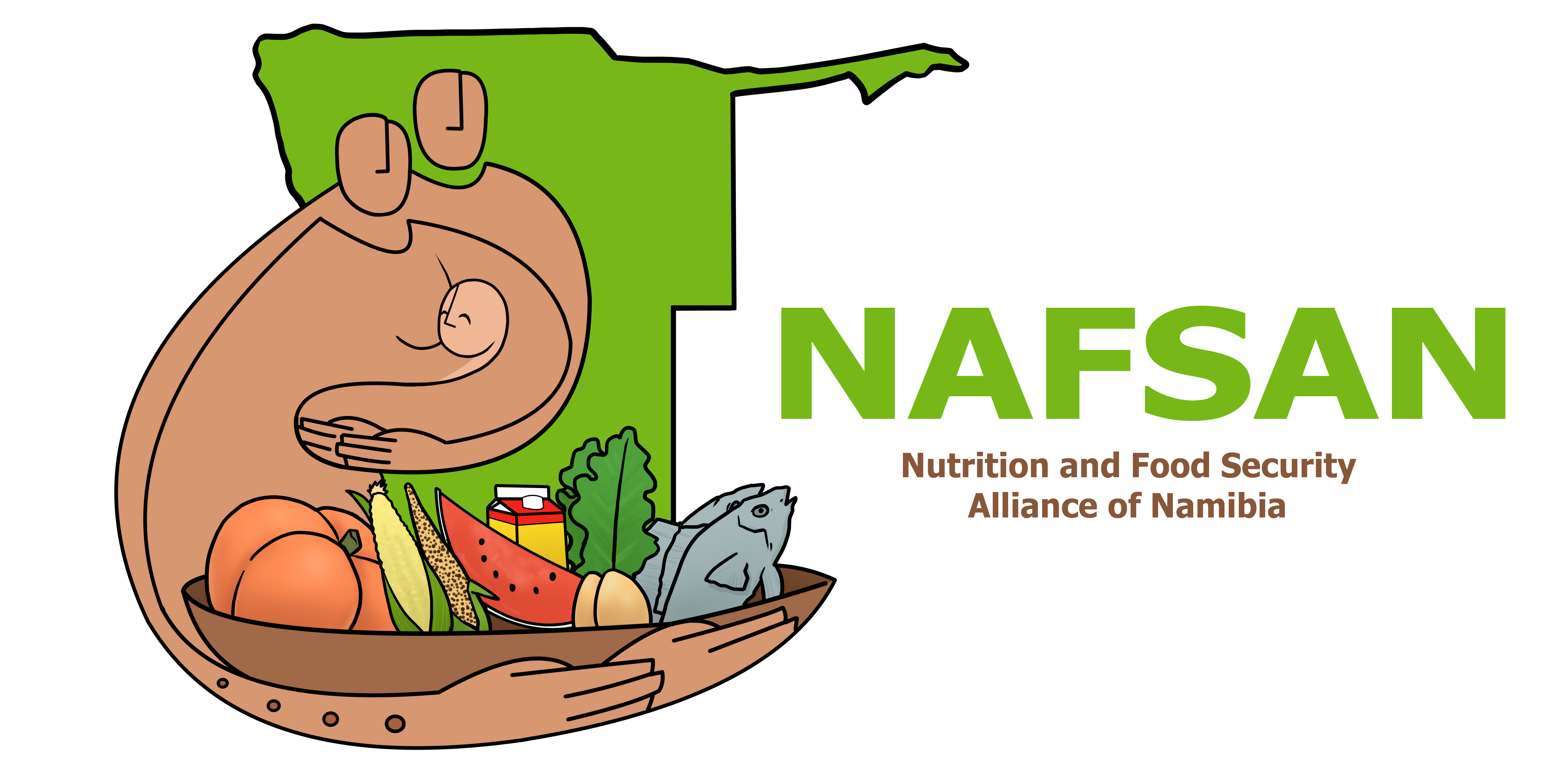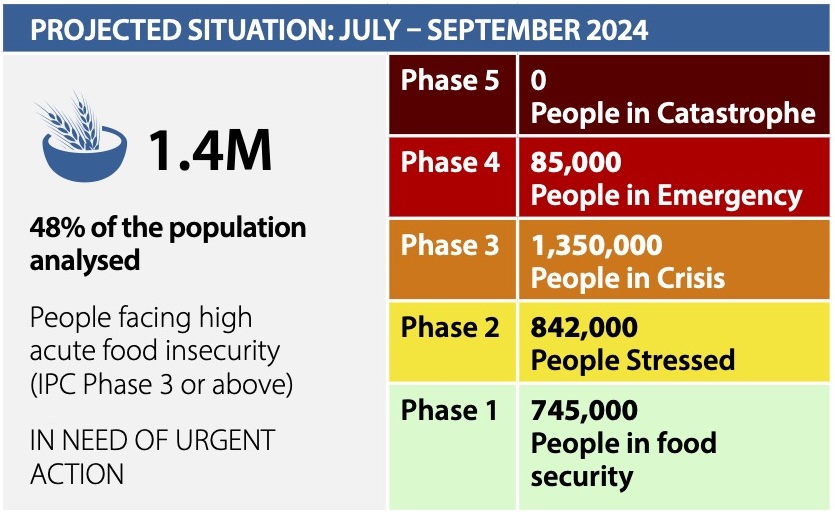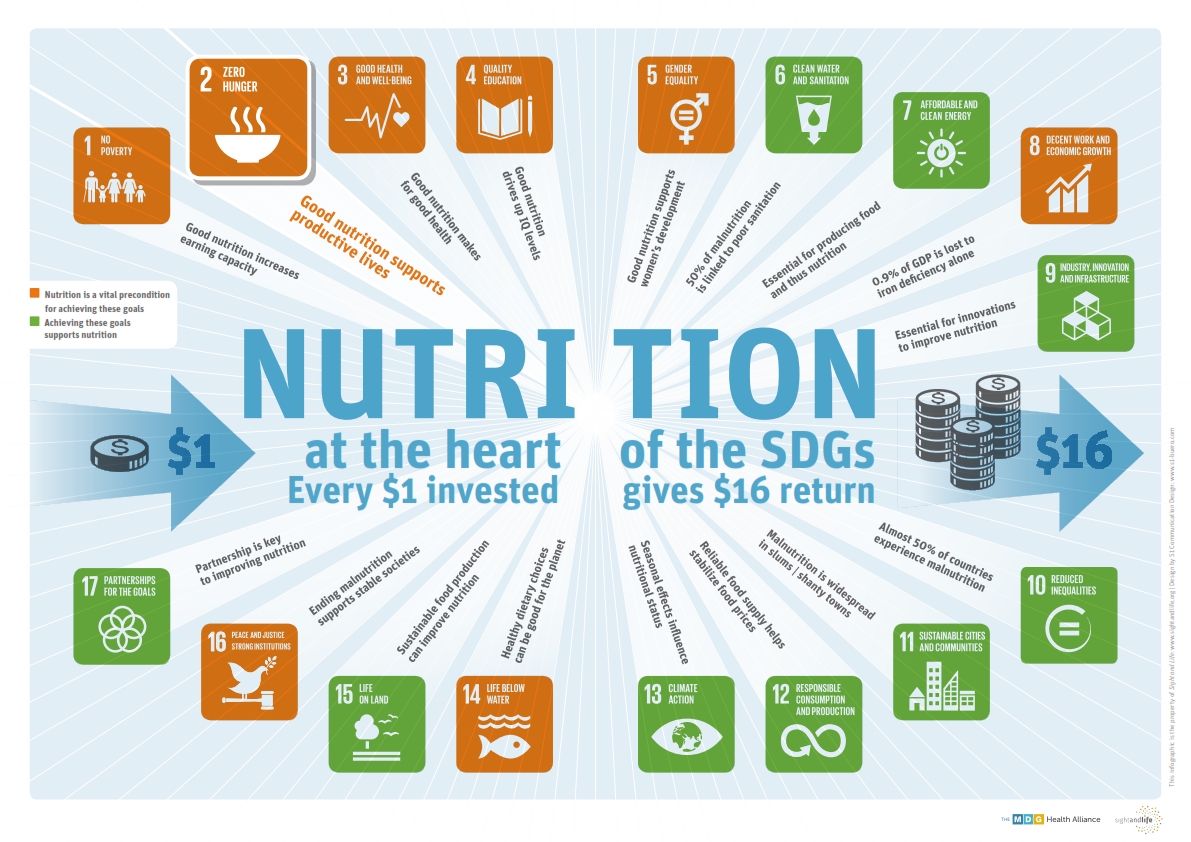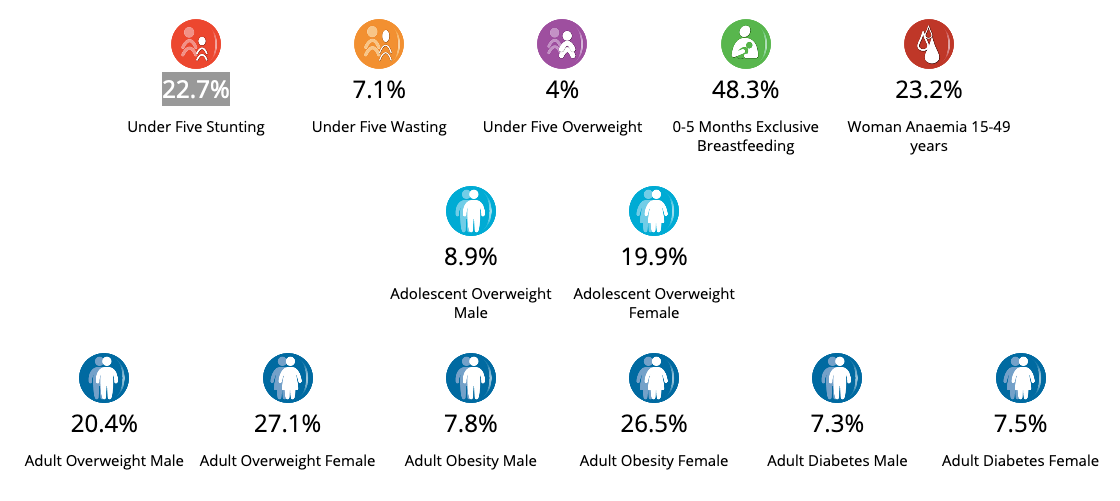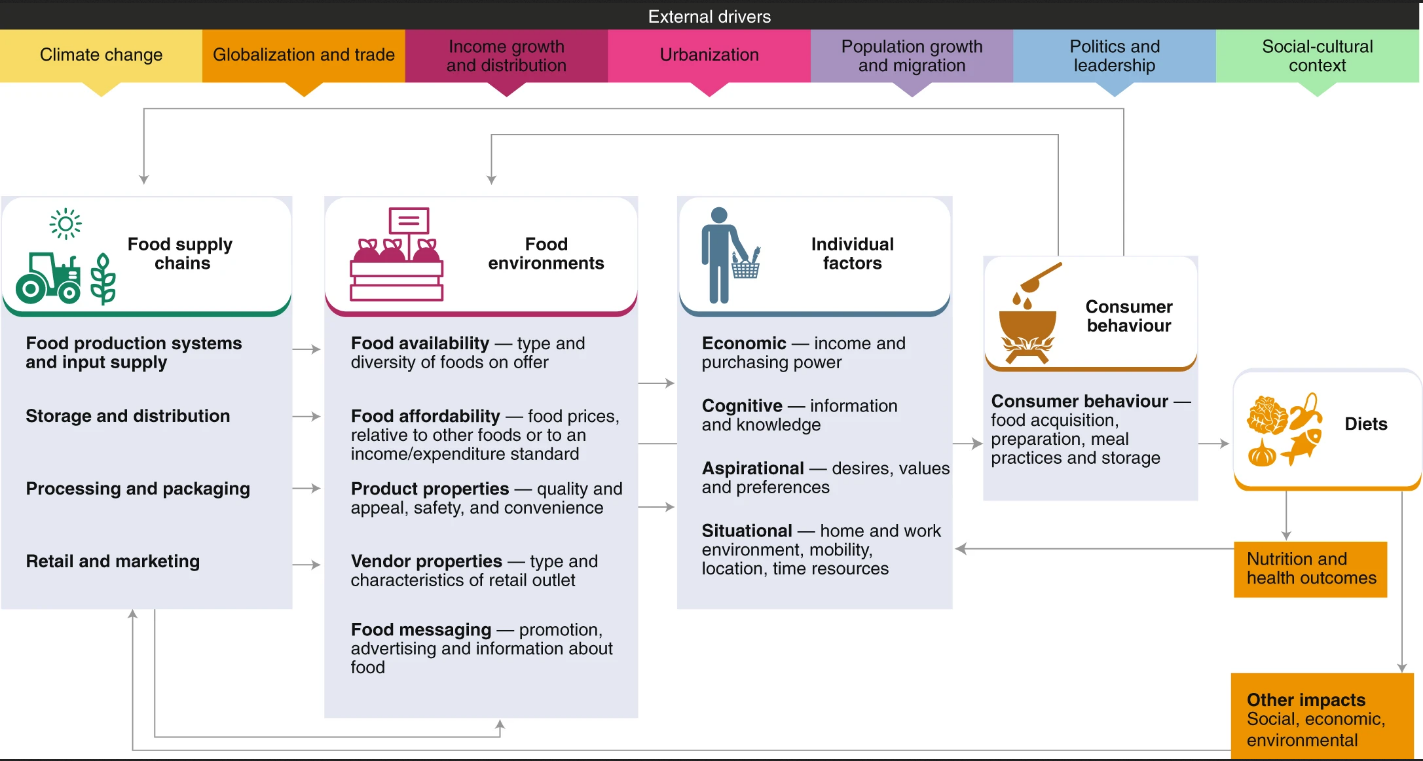The State of Food Security and Nutrition in the World (SOFI) Report 2024 calls on all governments to:
-
Increase investments in proven, sustainable, cost-effective interventions to prevent child malnutrition focusing on the critical first 1,000 days. Good nutrition in early childhood is a game changer for children and nations.
(In Namibia, the RightStart Campaign needs to be revived!)
-
Adopt fiscal and regulatory policies to promote access to nutritious, safe, affordable and sustainable foods for children and their families and discourage the production, marketing and consumption of nutrient-poor, ultra-processed foods and beverages.

